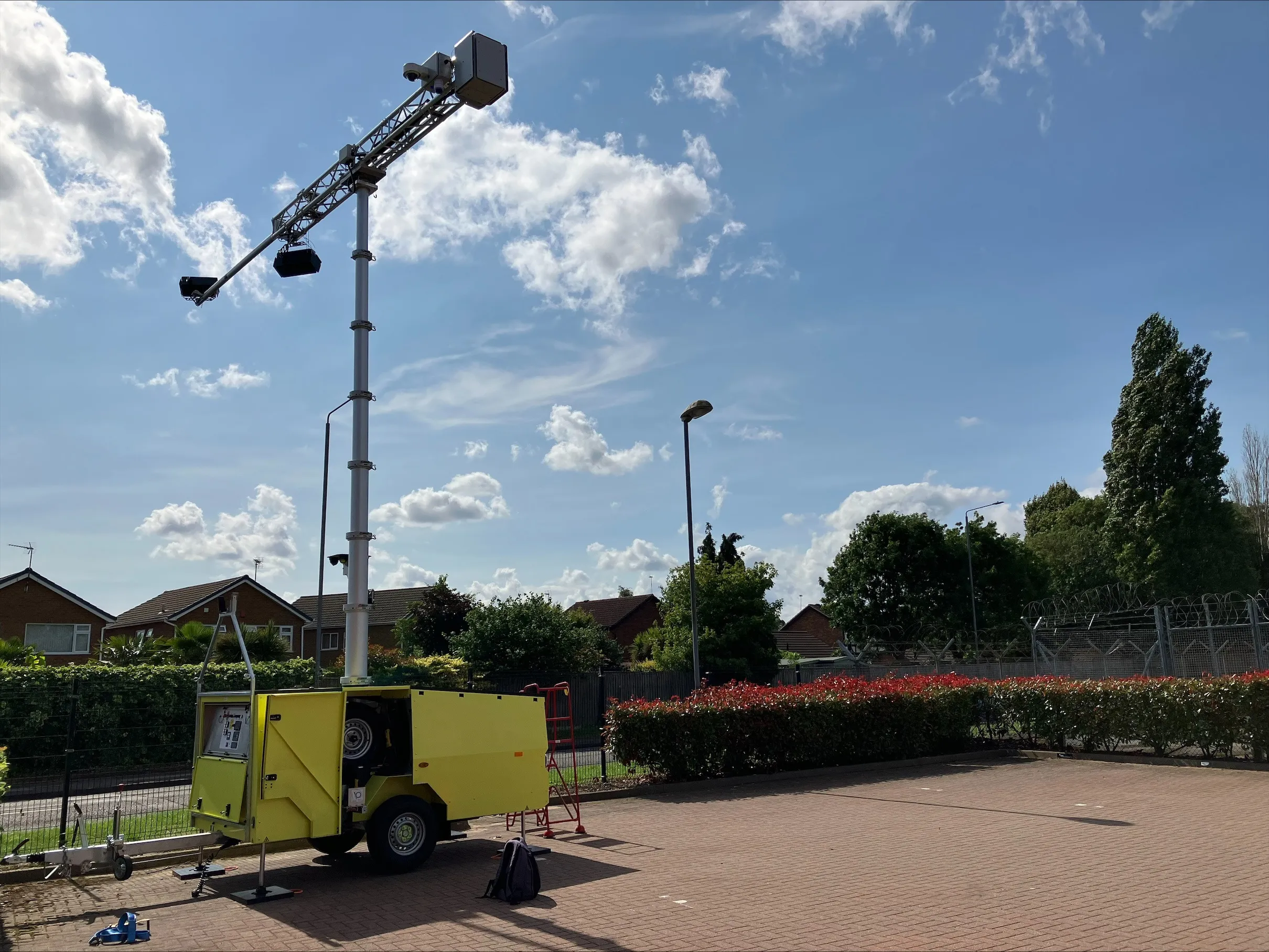The A9 Safety Group in the UK has won the CIHT John Smart Road Safety Award, for a range of interventions along more than 200km of carriageway, including the implementation of 50 SPECS3 average speed cameras, supplied by
The A9 SPECS3 installation has been in operation since October 2014, and is already delivering impressive changes to driver behaviour. Whilst it is still too early to report on casualty analysis, key performance indicators are already demonstrating that drivers have improved the way they use the route, which should ultimately make it safer. According to Vysionics, examples include the fact that overall speeding has dropped from one in three to one in 15 journeys, journey time reliability has improved and journey time reliability has improved. In addition, fewer than ten tickets per day overall have been issued, in traffic volumes of up to 24,000.
The SPECS3 cameras are mounted on highly visible columns, typically located at 5km intervals, covering both single and dual carriageway sections. As a result, they act as a regular reminder that the route is being monitored along its length, resulting in a more considered driving behaviour.
The judging panel commented that they were “impressed with the scale of the measures, which combine a package of engineering, education and communications strategies, and enforcement to address a significant road safety problem on an extensive route”.
A9 Safety Group wins prestigious road safety award
The A9 Safety Group in the UK has won the CIHT John Smart Road Safety Award, for a range of interventions along more than 200km of carriageway, including the implementation of 50 SPECS3 average speed cameras, supplied by Vysionics. The A9 SPECS3 installation has been in operation since October 2014, and is already delivering impressive changes to driver behaviour. Whilst it is still too early to report on casualty analysis, key performance indicators are already demonstrating that drivers have improved the
June 12, 2015
Read time: 2 mins









